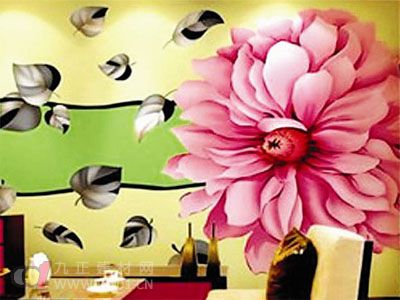Wallpaper, also known as wallpaper, originated in China. In 105 AD, the Eastern Han Cailun invented papermaking, and paper began to enter the historical arena. Since then, our wise ancestors have begun to stick rice paper to windows and walls to cover the dust and decorate the living room. When the Tang Dynasty arrived, people began to draw on the paper to decorate the wall. With the trade exchanges between the East and the West, papermaking has spread to Arabia and Europe along with the Silk Road. The earliest known wall paintings in Europe were found on the beams of the Christian College in Cambridge, England. It is a woodcut pomegranate pattern drawn on the back of the announcement, printed in the 1509 Henry VIII period. The earliest wallpaper works were found in France. Jean-Michel Papillon (June 2 - 1776, 1698), a French print engraver who produced a series of continuous woodcuts in 1766, printing wallpaper, so He is also known as the "father of the world wallpaper." In the middle of the 18th century, the British Morris began to use machines to mass-produce printed wallpapers, with modern wallpapers. Throughout the 1980s, it was the period when foamed wallpapers prevailed. "Foaming" was also known as screen embossing foaming. This type of wallpaper has a noticeable unevenness on the surface and is soft to the touch, so it has a strong three-dimensional effect and can increase the sense of space in the room. By the end of the 1980s, with the development of the plastics industry, there was a substitute for foamed wallpaper - rubber-faced wallpaper. This wallpaper does not foam, so the texture is hard, greatly improving the disadvantages of the foamed wallpaper. Waterproof, moisture-proof, durable, exquisite printing, embossed texture, can display a variety of patterns and patterns on the wallpaper, its color expression, practicality has created a new page of wallpaper development. At present, the use of rubber-faced wallpapers in the world accounts for about 70%. At the beginning of the introduction of the rubberized wallpaper, the silky wallpaper with a lustrous texture is very popular. In the later period, with the trend of the house decoration industry changing, the matt matte wallpaper (clothing wallpaper) gradually led the trend. Wallpapers are becoming more and more powerful in terms of color and pattern, and are widely welcomed by consumers. The major manufacturers have launched fierce competition for this. From the late 1990s to the beginning of the 21st century, wallpapers with a sense of cloth became popular. At the same time, with the growth of human demand for leisure, comfort and environmental protection, green and environmentally friendly products have gradually been accepted, and consumers will have further demand for non-woven, pure paper wallpaper. At present, the penetration rate of European and American wallpapers is over 70%, and the penetration rate of Japan, South Korea and Russia is close to 95%. The current penetration rate in China is less than 5%! With the development of China's economy, people's living standards are constantly improving. I believe that wallpaper, as a necessities of life, will definitely fly into the homes of ordinary people! Coach Bolts,Stainless Steel Carriage Bolts,Galvanized Carriage Bolts,Brass Coach Bolts NINGBO YWC IMP. & EXP. CO.,LTD , https://www.nbywc-fastener.com